Tantalum oxide
The most useful tantalum oxide is tantalum pentaoxide (Ta2O5). Ta2O5 is white fine crystal powder, tasteless and odorless, with a specific gravity of 8.71g/cm3 and a melting point of 1870℃. Tantalum is amphoteric but apparently acidic, insoluble in water, most acids, and bases, but slowly dissolved in hot hydrofluoric and peroxy acids.
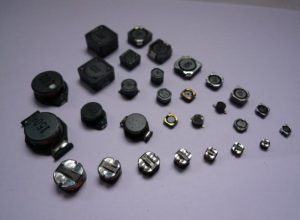
Ta2O5 has both α and βvariants, and its transition temperature is 1320℃, beyond which Ta2O5 turns white to gray. Different oxides have different crystal structures, so their lattice constants, densities, and other properties are obviously different. It is known that amorphous Ta2O5 begins to crystallize at 500℃ to form a low-temperature crystal (T type), converts to a temperature crystal (M type) at 830℃, and forms a high-temperature crystal (H type) at more than 830℃.
Tantalum halide
In tantalum halides, halogens in high-priced pentahalides are more easily replaced by oxygen to form stable halogen oxides. Most of the halogens of tantalum are volatile compounds, among which fluoride is well soluble in water and only partially hydrolyzed.
Tantalum(V) chloride (TaCl5) is a white powder and yellow when it is not pure. It has a melting point of 220℃, a boiling point of 223℃-239℃, and a specific gravity of 3.68g/cm3. It is volatile and has strong moisture absorption. It is unstable at high temperatures and decomposes to form metal tantalum at vacuum temperatures above 800℃. In addition to the high-priced TaCl5, the low-priced chlorides of tantalum include TaCl4, TaCl3, and TaCl2, which are volatile substances.
Tantalum bromide (TaBr5) is an orange crystal, soluble in water and hydrolyzed, soluble in methanol, ethanol, and CCl4, and soluble in aniline and liquid ammonia for reactions. Tantalum iodide (TaI5) is a black crystal that can be heated to sublimate without decomposition and readily hydrolyzes in moist air, releasing hydrogen iodide.
Tantalum carbide
Ta2C and tantalum carbide (TaC) are the main carbides of tantalum, and Ta2C has both alpha -Ta2C and beta -Ta2C isomers. TaC is a dark brown powder with a melting point of 3880℃, a boiling point of 5500℃ and a density of 14.4g/cm3. It has good chemical stability and can only be dissolved in mixed solutions of nitric acid and hydrofluoric acid. The carbide of tantalum is not easy to be oxidized in the air when the temperature is lower than 1000 ~ 1100℃. Nitrogen compounds are readily formed by the action of nitrogen or ammonia.
Tantalum hydride
Tantalum hydrides are very stable at room temperature in the air. Hydrogen is released by decomposition when heated to 1000 ~ 1200℃ under a high vacuum. Below 350℃, tantalum almost has no interaction with hydrogen, and the reaction speed increases with the increase of temperature. At a certain temperature and pressure, the maximum hydrogen content in tantalum hydride corresponds to H/Ta of 0.02 ~ 0.08(TaH0.2 ~ TaH0.8).
Tantalum nitride
There are three kinds of tantalum nitride: TaN, Ta2N, and Ta3N5. Tantalum nitrite is a bluish-gray powder with a melting point of 2980 ~ 3090℃ and a density of 14.4g/cm3. It is insoluble in nitric acid, hydrofluoric acid, and sulfuric acid, but soluble in hot alkaline solution and releases ammonia or nitrogen. Tantalum nitride generates oxides when heated in air, releasing nitrogen.
Tantalum selenite
TaSe2, its resistivity is 2.23 x 10-3 Ω. Cm, with the relative friction coefficient of 0.08 in the air at room temperature, the oxidation temperature of 600 ℃ in air, and the decomposition temperature of 900 ℃ in a vacuum.
Tantalum silicone
The main silicide of tantalum is TaSi2, and there are also some other compounds such as Ta2Si and Ta5Si3. Ta2Si has a melting point of 2200 ℃, a density of 8.83 g/cm3 and a resistance of 8.5 Ω. Cm. It is not eroded by mineral acids, but can be decomposed by hydrofluoric acid, and can be completely decomposed by molten Na2CO3 and NaOH.
Tantalate
Ta2O5 can be fused with oxides, hydroxides, or carbonates of more than 50 elements from all 8 groups in the periodic table of chemical elements to form various complex types of tantalates, which may be expressed in the following general formula: xMeO•yTa2O5 (Me = alkali metal).
Almost all alkali tantalates have a high degree of polymerization in aqueous solution and are insoluble compounds in water solution. Alkali tantalate can be reduced by hydrogen: 2MeTaO3+H2=Me2O+2TaO2+H2O, with a reaction temperature of 600~700℃. Except for alkali tantalates, most tantalates are insoluble in water.
Most tantalate crystals (such as lithium tantalate) are ferroelectric. They belong to the category of thermoelectric devices that have spontaneous polarization. Their polarization value is related to electric field voltage and has Curie temperature. Tantalum ferroelectric materials also have the characteristics of voltage, electro-optic and nonlinear optics. Some tantalates are semiconductor materials with narrow channels and are important materials for manufacturing electronic industrial components.
Stanford Advanced Materials supplies high-quality tantalum products to meet our customers’ R&D and production needs. Please visit http://www.samaterials.com for more information.
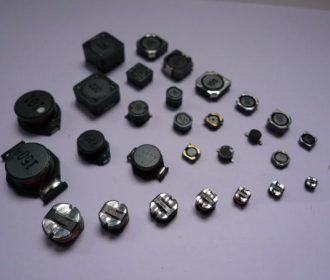
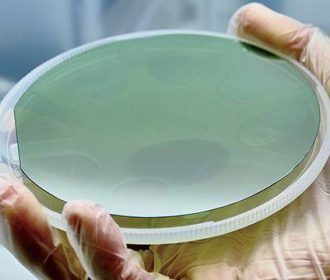
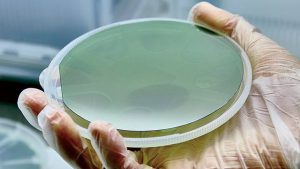


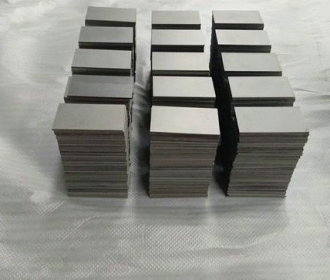
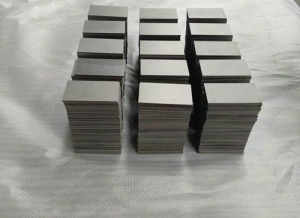
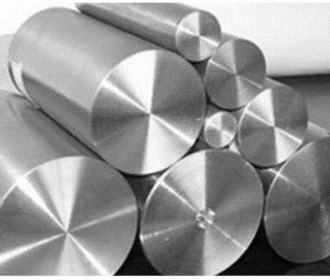
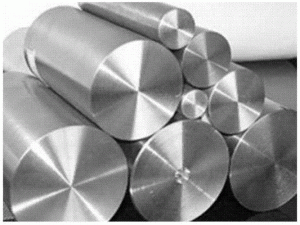
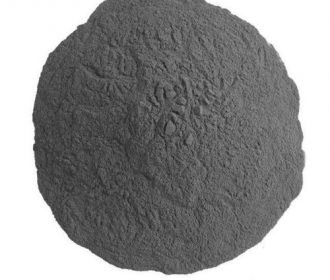
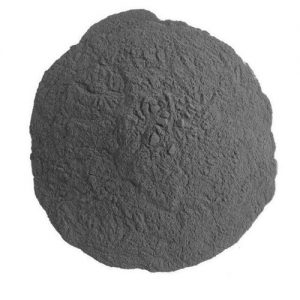
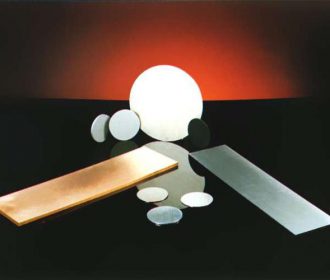
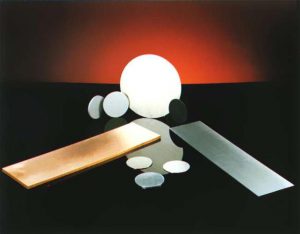
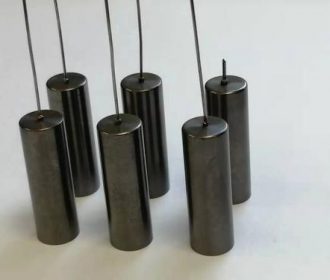
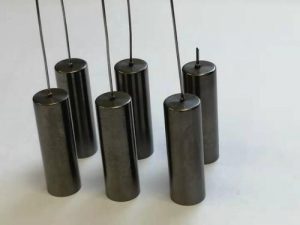
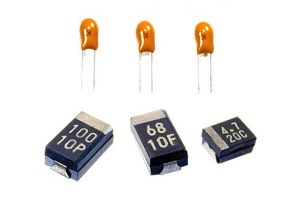
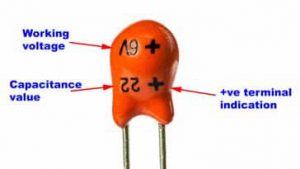

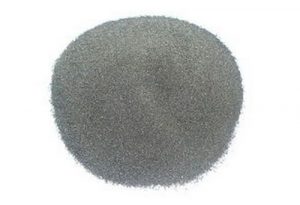
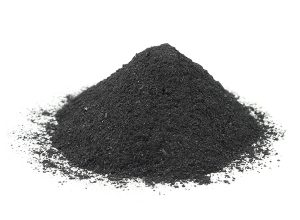
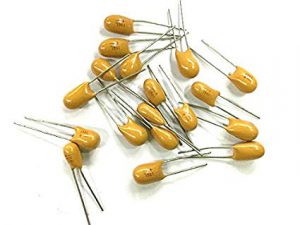
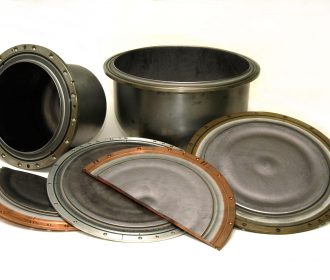
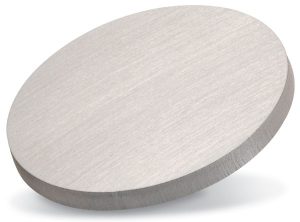
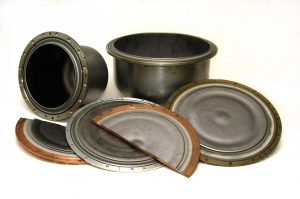
Recent Comments